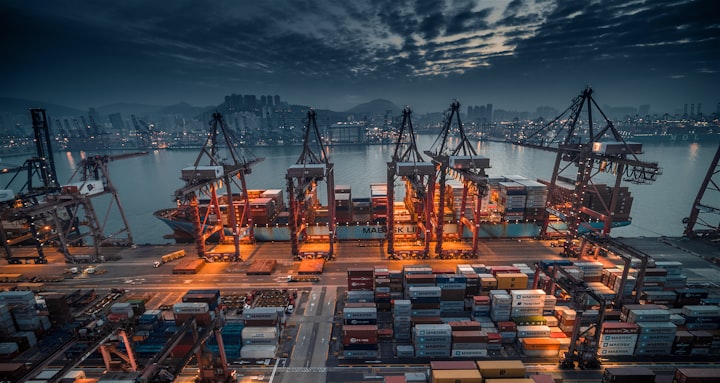Designing and constructing a container terminal is not only a complex task but also a costly investment which requires the coming together of expertise in multiple areas. Although the main function of a container terminal is moving the goods (cargo) from one transport modality to another, a far-sighted plan of building the terminals of the future must take into consideration the strategic importance of leveraging technological advancements whilst being conscious of managing the carbon footprint.
The vital role of container terminals at Seaports
Maintaining the unique link in the global maritime transport chain cannot happen seamlessly at any seaport without a well-equipped container terminal. Transferring cargo from one maritime transport mode to a land-based transport mode or even to another maritime transport mode can only be handled with the efficient support of a container terminal as it occurs at the South Asia Gateway Terminals continuously.
Before commencing the plan to design and develop a container terminal within the boundary of the port, especially with a futuristic vision, clear identification of key functions such as the type of goods handled now and expected for the future like containers, solids, RoRo (roll on and off such as vehicles), bulk liquid etc., the type of traffic expected such as national transshipments. transit or mixed traffic, and a clear estimate of additional handling capacity planned for by year such and such. (Such as by 2050).
Container Terminal design principles
The complex designing of terminals involves thorough study and research with multidisciplinary teams working together with pre-agreed timelines to meet operational and strategic requirements.
It is critical to be aware of the regional as well as the global economic, competitive, and environmental needs as this design team commences the project as done by management teams of many a South Asian container terminal and terminals all over the world . This helps the team to have a clear idea of the requirements for this futuristic container terminal to sustain and grow the movement of cargo traffic, manage the external competition, reduce the carbon footprint and meet social obligations.
The team must possess expertise in the areas of port management, quay structure, container handling equipment, and a high level of awareness in using technology to bring in efficiencies whilst being conscious of carbon emissions.
Importance of Technology
Automation is used in many industries all over the world and is growing rapidly in the container-handling arena at present. To leverage from this, a strong background in IT and secure communication systems is critical as communication is high in this industry between stakeholders like customs, ship management, yard crane work, project management and the terminal operating system etc.
Certain container terminals already use automation and remote control with STS. (ship to shore) cranes and these increase efficiencies whilst enhancing the competitiveness of such terminals over others.
Reducing the carbon footprint
Carbon emissions are a concern to all, therefore when designing a futuristic container terminal this aspect is key as companies or states no longer have a choice. Regulations are in place, and new technology coming out forces you to adopt carbon control features and even customers are conscious of this now.
Be alert to these factors. You can bring in considerable reductions of carbon footprint by using features such as eco lifting, using cranes with rubber-tired-gantry and many more features associated with container handling that are coming out rapidly.
Conclusion
Playing a pivotal role in the world of logistics, container handling makes sure the global maritime transport chain is sustained.
As a successful container terminal having a futuristic mindset is vital to achieving business goals in a dynamic environment. Though difficult, with the right approach to design and the right team to see it through your aspirations for a container terminal of the future will pay dividends in the long run.






Comments
There are no comments for this story
Be the first to respond and start the conversation.